‘I do not want art for a few any more than education for a few, or freedom for a few.’ Jeremy Deller emblazoned this William Morris quotation on a poster he co-designed with Scott King in 2010 for Save the Arts, a campaign against cuts to public funding of the creative industries. Morris is one of Deller’s heroes, a socialist and a champion of democratic and accessible art, principles that lie at the heart of much of Deller’s own work.
Playful, provocative and politicised, Deller’s ‘happenings’ are a mix of popular culture, folk art and public performance, intent on disrupting our sense of cultural and historical authority. The William Morris Gallery, birthplace of the radical Victorian artist, designer and writer, provides an appropriate venue to begin the UK tour of ‘English Magic’, Deller’s commission for the British Pavilion at the 2013 Venice Biennale.
The William Morris Gallery’s own recent history is a case-study of democracy and popular protest in action. Located in the North London suburb of Walthamstow, it is the only UK museum dedicated to William Morris. But in 2007, it was threatened with closure because of cost-cutting by Waltham Forest Borough Council, who own and manage the museum. It had long been neglected by the council, who felt that a Victorian wall-paper designer had little relevance to the youthful and multicultural population of the borough. This patronising view was challenged by local people, who mounted a campaign to save this valuable part of their civic heritage. A number of high-profile figures, including Jeremy Deller, gave their support to the campaign.
Faced with such grass-roots opposition, the council made a U-turn and agreed to invest £1.5 million towards a £5 million scheme to refurbish and revitalise the museum. The William Morris Gallery re-opened in August 2012, and immediately received acclaim for its beautifully presented collections, high curatorial standards and inspiring outreach programmes. It was awarded Museum of the Year in 2013, and has recently been nominated for European Museum of the Year. Visitor numbers, which struggled to reach 20,000 p.a. prior to the refurbishment, have exceeded 180,000 since it reopened, including thousands of local schoolchildren. William Morris is now a source of pride for Waltham Forest Council, rather than someone they would prefer to forget.
The colossal figure of William Morris stands at the centre of Jeremy Deller’s exhibition. We sit starving amidst our gold, a mural executed by Stuart Sam Hughes, depicts Morris as a giant hurling Roman Abramovich’s yacht into the Venetian Lagoon. This refers to an incident in 2011 when Abramovich, a Russian oligarch, had moored the huge vessel alongside the Giardini, where the Biennale is held, preventing the public from enjoying the view or accessing the promenade. Deller imagines Morris as an avenging force, returning from the dead to punish the oligarch’s selfishness.
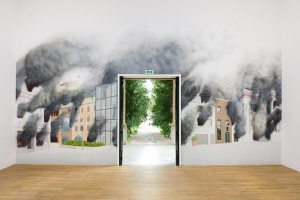
I want to be invisible (British Pavilion 2013), painted by Stuart Sam Hughes © British Council. Photo by Cristiano Corte
Next to the mural are socialist tracts written and designed by William Morris, interspersed with privatisation certificates from post-Soviet Russia. This juxtaposition alludes to the way assets once held in common ownership were inequitably distributed during the dismantling of the Soviet Union, allowing Abramovich, and the other oligarchs, to accumulate their enormous wealth. But it also brings a note of disillusionment to the exhibition: William Morris overturning the economic order is an imagined event, whereas the failure of communism really happened.
On the other side of the room, another mural, I want to be invisible, invokes a similar sense of bitter-sweet fantasy. It depicts a future event: the aftermath of a public demonstration in 2017 in St Helier, capital of the offshore tax haven of Jersey. A popular protest against tax avoidance and the injustices of the financial system has gone awry and the protesters have ‘accidentally’ set the town on fire. The mural faintly echoes John Singleton Copley’s battle scene The Death of Major Peirson (in the Tate), which also describes an event in St Helier. But in Deller’s scenario the combatants have all disappeared, leaving just the burning buildings, which suggests something un-heroic and futile about their ill-fated protest. The ‘invisible’ of the title refers to secretive banking practices and arcane tax arrangements – a bad form of ‘English Magic’ – but could also allude to the absent protesters.
‘English Magic’ is not a display of works by Deller: his artwork is the exhibition itself, as an ‘intervention’ in the public spaces of the William Morris Gallery. The eclectic exhibits are all made by other artists or craftsmen, and in that sense they are collaborations. We find drawings by former soldiers now serving time in prison, campaign banners for imagined demonstrations, and Neolithic hand-axes that were ritually discarded in the Thames.
In the context of the exhibition they are ascribed a symbolic significance as crafted objects and through their associations with real or imagined events. As such, Deller is suggesting they might be afforded the same value as the objects displayed in the William Morris Gallery’s permanent collections, many of which were also products of collaborations, and have acquired a cultural importance today because of their associations with Morris and his colleagues in the Arts and Crafts Movement.
When ‘English Magic’ was displayed in the British Pavilion at Venice, Jeremy Deller described it as ‘a secular temple, a show around mysticism and the power of objects.’ Although the show is smaller at the William Morris Gallery, because of space limitations, it has taken on new resonances now that it is installed in the archetypal secular temple, the public museum. As the William Morris Gallery has demonstrated, museums are much more than just storehouses of the past, but locations of community and social and cultural value. And as both William Morris and Jeremy Deller would doubtless agree, places where art can be for everyone.
‘English Magic’ is at the William Morris Gallery until 30 March, and will then travel to the Bristol Museum and Art Gallery (12 April–21 September 2014) and Turner Contemporary, Margate (11 October 2014–11 January 2015).
Unlimited access from just $16 every 3 months
Subscribe to get unlimited and exclusive access to the top art stories, interviews and exhibition reviews.

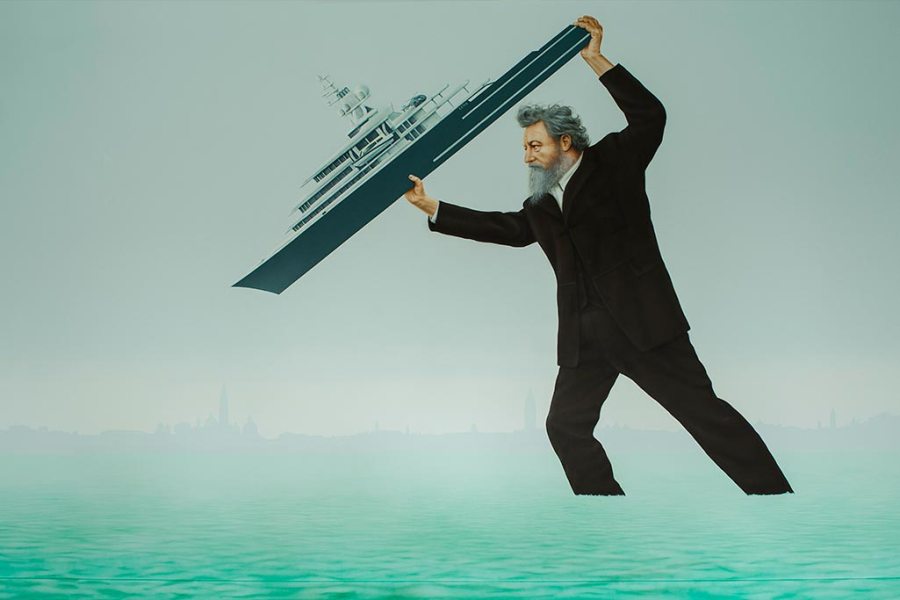
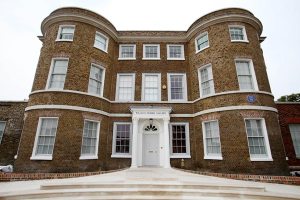
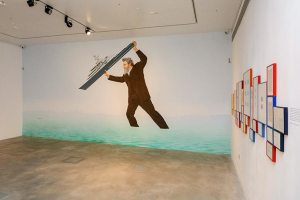
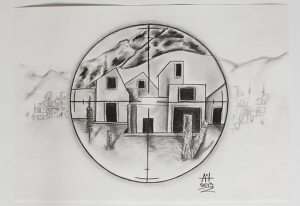
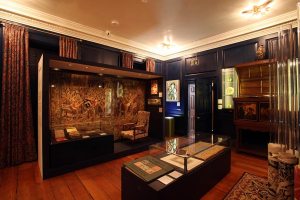

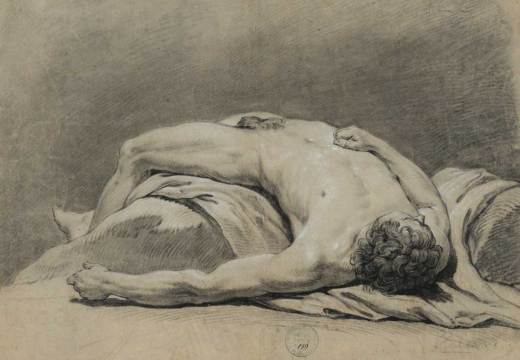
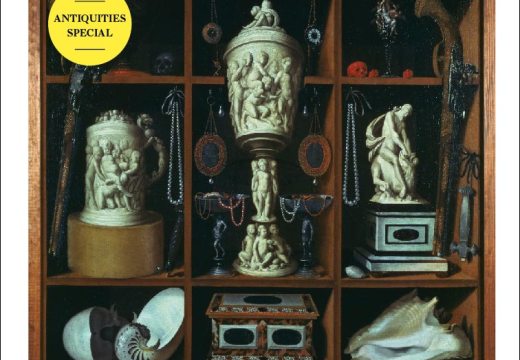









![Masterpiece [Re]discovery 2022. Photo: Ben Fisher Photography, courtesy of Masterpiece London](http://www.apollo-magazine.com/wp-content/uploads/2022/07/MPL2022_4263.jpg)
Has the Fitzwilliam lost the hang of things?